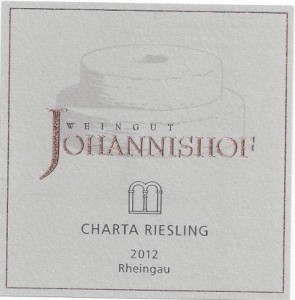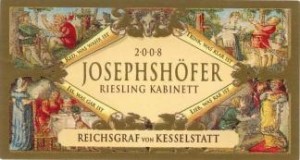There is something special about visiting an island. The discrete borders, the intimate setting and the separation from the mainland all conspire to conjure images of serene beauty. It’s why “Island Getaway” makes a much better headline than “Landlocked Getwaway”!
This summer, I had the pleasure of visiting several different islands, either in body (Long Island) or in spirit (Sicilia and Santorini), succumbing to their charms through the lovely wines that capture their essence.
Admittedly, Greece has been the talk of the town lately – what with a collapsing economy and all that. But, the good news coming out of Greece is the quality and diversity its wines. I presented a session on Greek wines for IWAGY back in the spring, which was a great opportunity to refresh my memory on Greece’s regions and indigenous varieties. Then, in June, I was (virtually) off to the island of Santorini with a tasting featuring the wines of this volcanic island.
The volcanic island of Santorini is exactly what one would expect from a Greek island. Vivid photographs of blindingly white stone buildings juxtaposed against the brilliance of the azure sea, central casting couldn’t have done a better job in creating the perfect setting.
Viticulture on the island dates to 3500 BCE, but the island owes its true viticultural heritage to the volcanic eruptions that took place in 1600 BCE. The resulting caldera, volcanic soils coupled with the climatic winds and limited rainfall, require vines to be grown in a unique, basket-shaped trellis (known as kouloura) nestled close to the ground for protection.
Here, producers rely on a mixture of indigenous varieties, most notably the white grape Assyrtiko, which creates crisp, dry refreshing whites that are mineral driven. Other local grapes include Athiri, Aidani and the reds: Mavrotragano and Mandelaria.
There are three appellations assigned to the small island: Santorini (dry whites, which must include a minimum of 75% Assyrtiko, rounded out with Athiri and Aidani), Vinsanto (sweet wines producead from at least 51% Assyrtiko and made from late harvested grapes, which are dried in the sun for about 2 weeks prior to fermentetaion) and Nykteri (originally named for the now-defunct restriction that the grapes be harvested at night (nikta), these dry whites are also produced with a minimum of 75% Assyrtiko, but with the additional requirement that the wines be aged for at least 3 months in oak barrels). Additionally, the luscious dessert wine, vinsanto, is also produced on the island.
ESTATE ARGYROS
This winery, originally established in 1903 by George Argyros, is now under the leadership of the fourth generation in the guise of Matthew Argyros. With 30 hectares of vineyards, the company’s holdings are among the largest on the island.
Argyros Aidani 2014, PGI Cyclades
This wine has bright fruit aromas with flavors of floral and peach.
Argyros Assyrtiko 2014, PDO Santorini
This wine displays distinct minerality and salinity on both the nose and palate, with good acidity and texture.
Estate Argyros 2014, PDO Santorini
This wine was fuller-bodied and more structured due to the barrel influence than the Assyrtiko.
Estate Argyros Vinsanto 1998, PDO Santorini
Aromas of caramel, honey, with a mineral characteristic. On the palate, it is rich, but not heavy or cloying; bright and fresh with a long finish.
Estate Argyros Vinsanto 1990, PDO Santorini
Darker in color than 1998, this wine offered up an intense nose of dried fruits, with a sweet, viscous palate with caramel, honey and fig, balanced by sufficient acidity.
GAIA
Gaia was established by Leon Karatsalos and Yiannis Paraskevopoulos in 1994 and is considered to be a boutique winery. As an internationally trained winemaker, Yiannis is at the forefront of Santorini’s rebirth.
Gaia Thalassitis 2014, PDO Santorini
This unoaked version is pithy and fresh, with chalk and mineral notes throughout.
Gaia Assyrtiko Wild Ferment 2014, PDO Santorini
A yeasty character pervades the nose and palate most likely a result of the use of natural yeast.
Gaia Thalassitis Oak Fermented 2013, PDO Santorini
This oak-treated wine displays both a fuller body and notes of oak due to the winemaking.
GAVALAS
A true family business, the Gavalas Winery is presently headed by George Gavalas, who fuses his family’s traditions with a modern sensibility in the creation of his wines. In this regard, he has been instrumental in reviving some of the more obscure varieties on the island.
Gavalas Katsano 2014, PGI Cyclades
Floral and almond aromas on the nose give way to floral and pear flavors on the soft palate.
Gavalas Santorini 2014, PDO Santorini
Fresh with citrus and chalk, this is a lovely example of Assyrtiko.
Gavalas Santorini Natural Ferment 2014, PDO Santorini
Yeasty notes are joined by citrus and minerality. Very special.
Gavalas Vinsanto 2006, PDO Santorini
Intense nose with caramel and honey.
HATZIDAKIS
Forced to abandon the family vineyards in the wake of the 1956 earthquake, Haridimos and Konstatina Hadzidakis returned to the island forty years later to rebuild, replant and restore their family’s winemaking legacy.
Hatzidakis Aidani 2014, PGI Cyclades
With floral and peach aromas and flavors, this wine is lively on the palate with good acidity.
Hatzidakis Nykteri 2013, PDO Santorini
Fresh, with just a hint of sweetness on the attack. This wine is big and bold with good acidity.
Hatzidakis Mavrotragano 2013, PGI Cyclades
This wine has a deceptively soft start, giving way to its tannic grip and bright plum fruit.
Hatzidakis Vinsanto 2003, PDO Santorini
This wine is extremely fresh despite its sweetness level. It offers notes of honey, fig and quince.
KOUTSOYANNOPOULOS
The Koutsoyannopoulos family has been making wine since Grigoris and Dimitris Koutsoyannopoulos established Volcan Wines in 1880. Today, the fourth generation continues this tradition, under the family name, while still retaining the old logo.
Koutsoyannopoulos Santorini 2013, PDO Santorini
A bit weightier on the palate compared to some of the other examples, this wine still provides lively acidity and lots of minerality.
Koutsoyannopoulos Santorini 2012, PDO Santorini
With a decidedly mineral nose, the palate is more redolent of fresh fruit, namely pear and citrus. One of my favorites of the event.
Koutsoyannopoulos Nykteri 2012, PDO Santorini
Very floral on the nose, this wine offers up citrus, pith and mineral flavors on its complex palate.
SANTO WINES
Established in 1947, the SantoWines cooperative presently has 2500 members that support its activities in growing grapes and making wine.
Santo Wines Sparkling 2014
Quite lovely and fresh with a creamy mousse and floral notes.
Santo Wines Nykteri 2014, PDO Santorini
Floral and fruit aromas greet the nose and persist on the palate through the long length.
Then, in late June, just as the crisis was really heating up, an unusual event heralded the launch of Agrino. Promoting the Mediterranean diet, these packaged rice dishes offer flavor and convenience and will, of course, pair well with Greek and other wines. Coming soon to a grocery shelf near you!

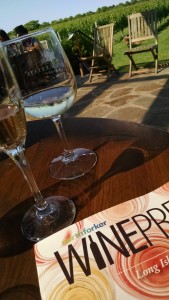
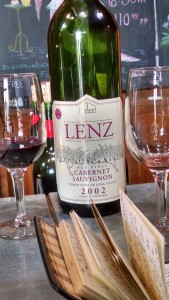
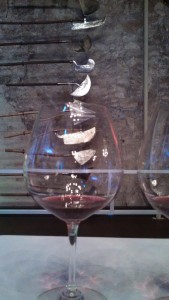
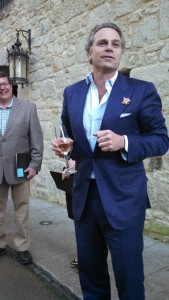
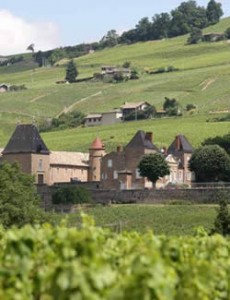
 the forest. After walking for awhile, she came upon a house. She knocked and, when no one answered, she walked right in.
the forest. After walking for awhile, she came upon a house. She knocked and, when no one answered, she walked right in.

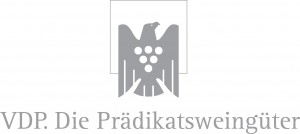

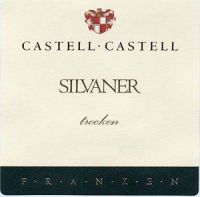
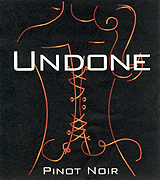 Undone Pinot Noir
Undone Pinot Noir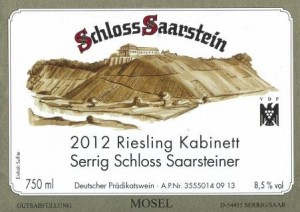
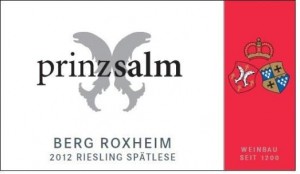 Prinz Salm Roxheimer
Prinz Salm Roxheimer